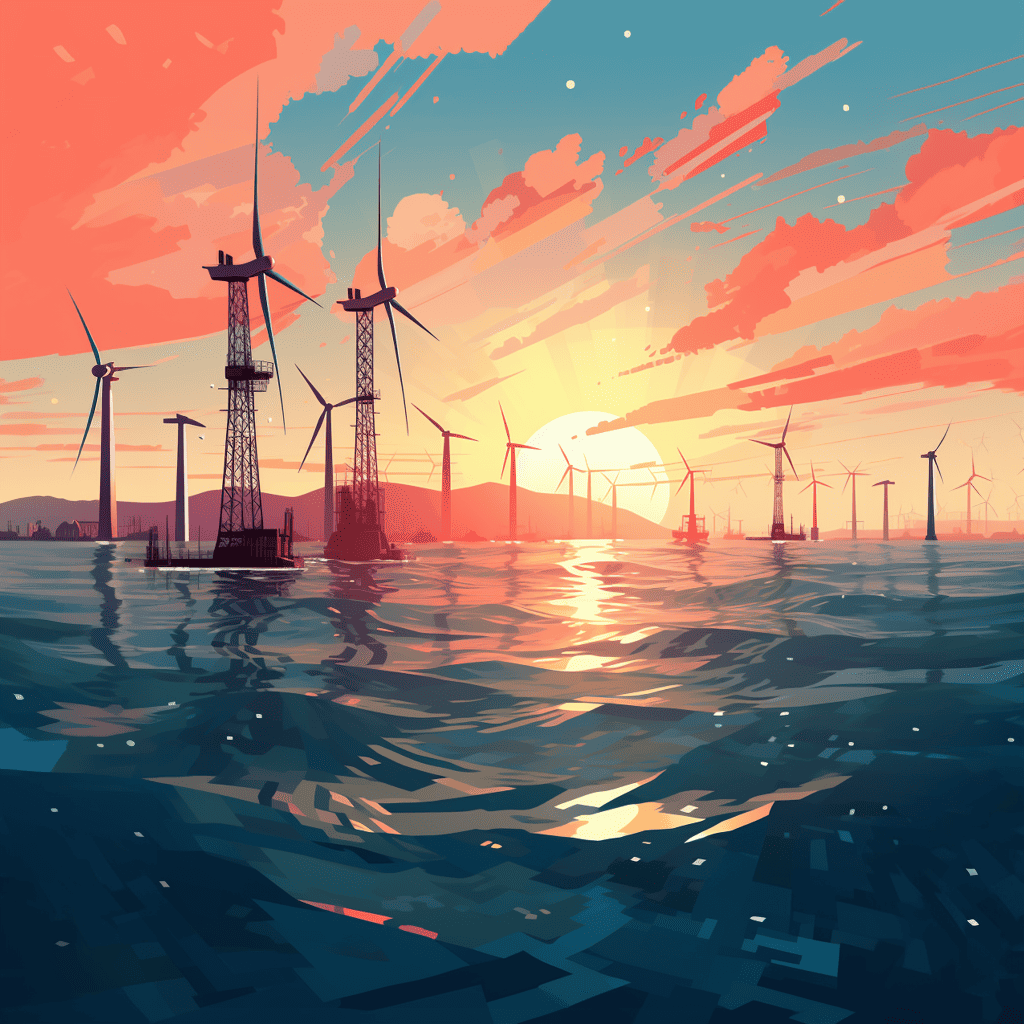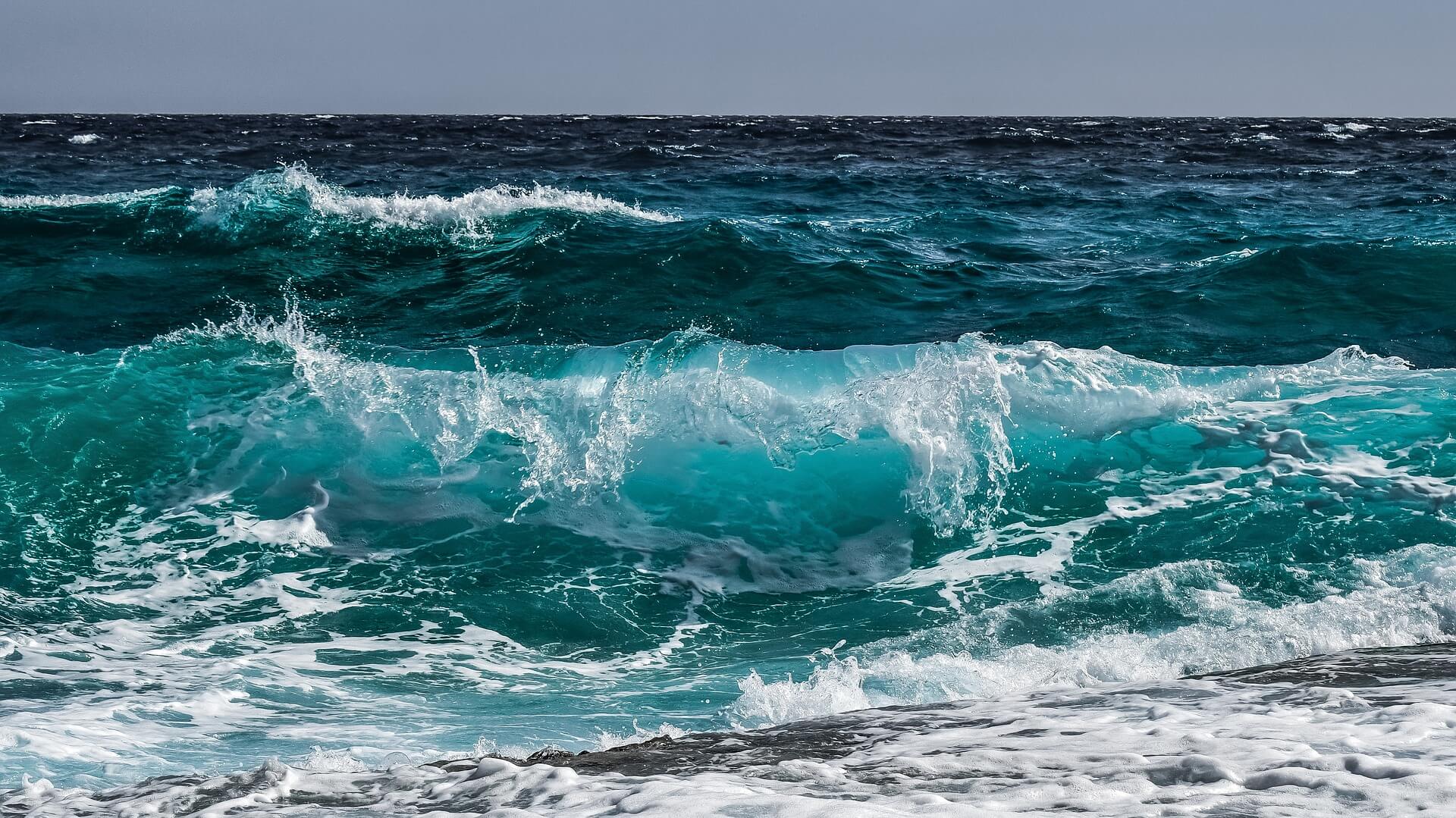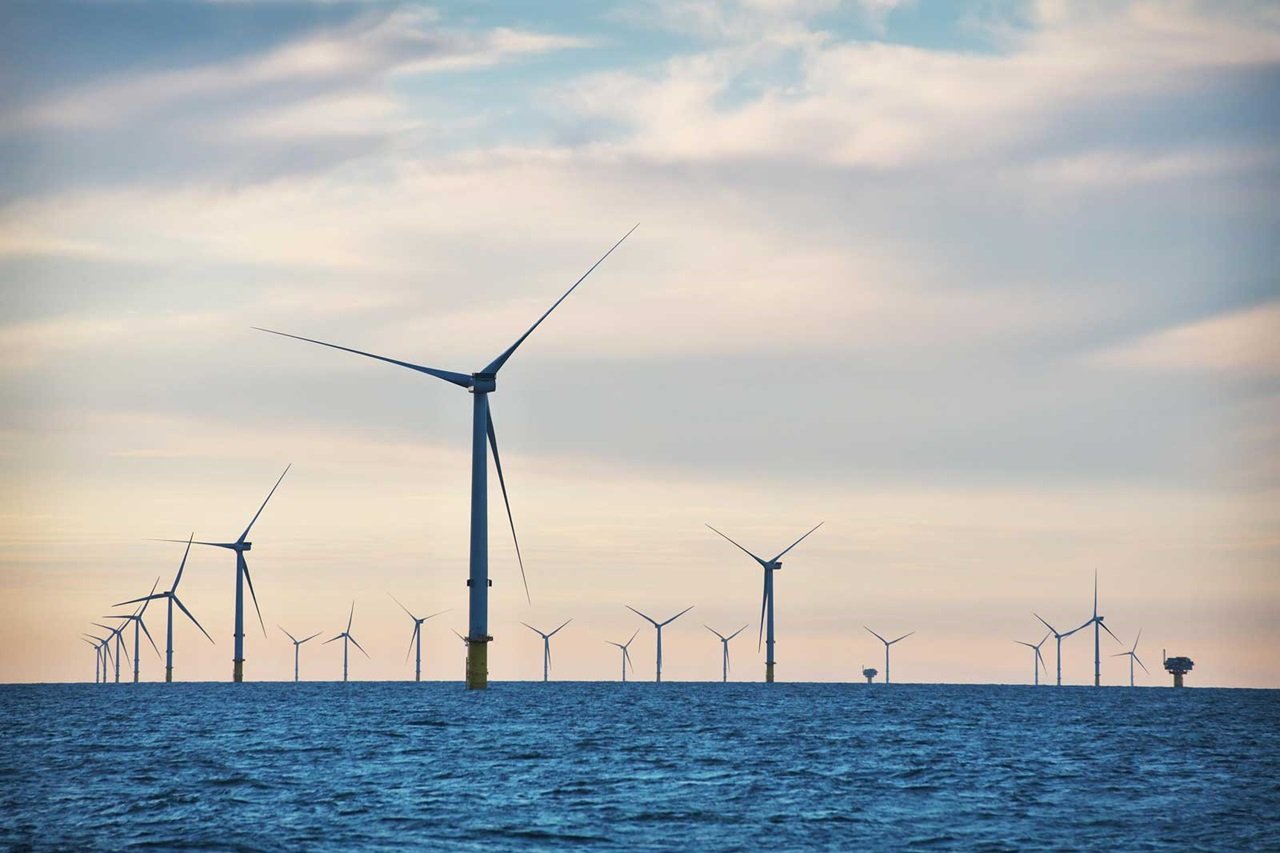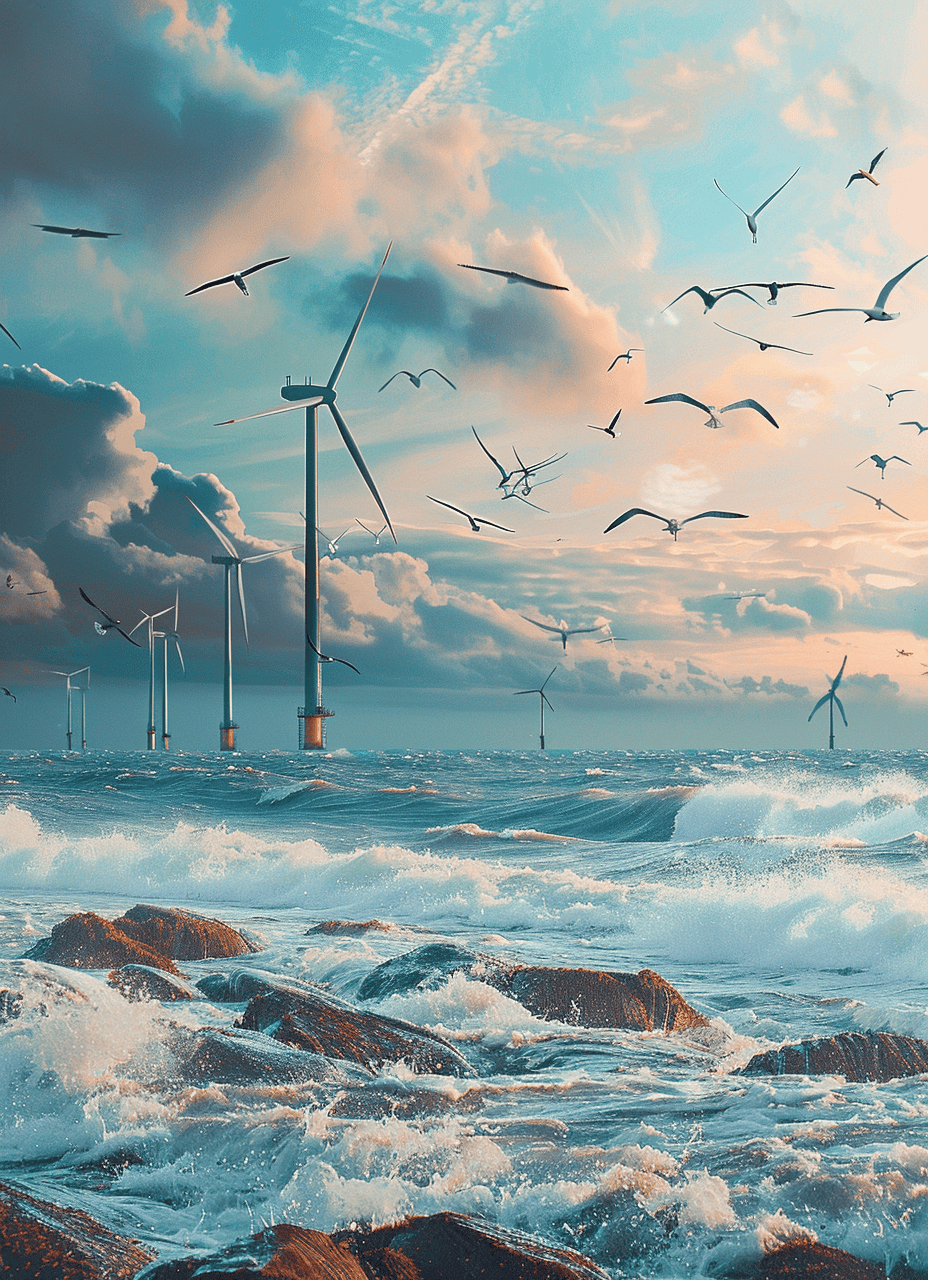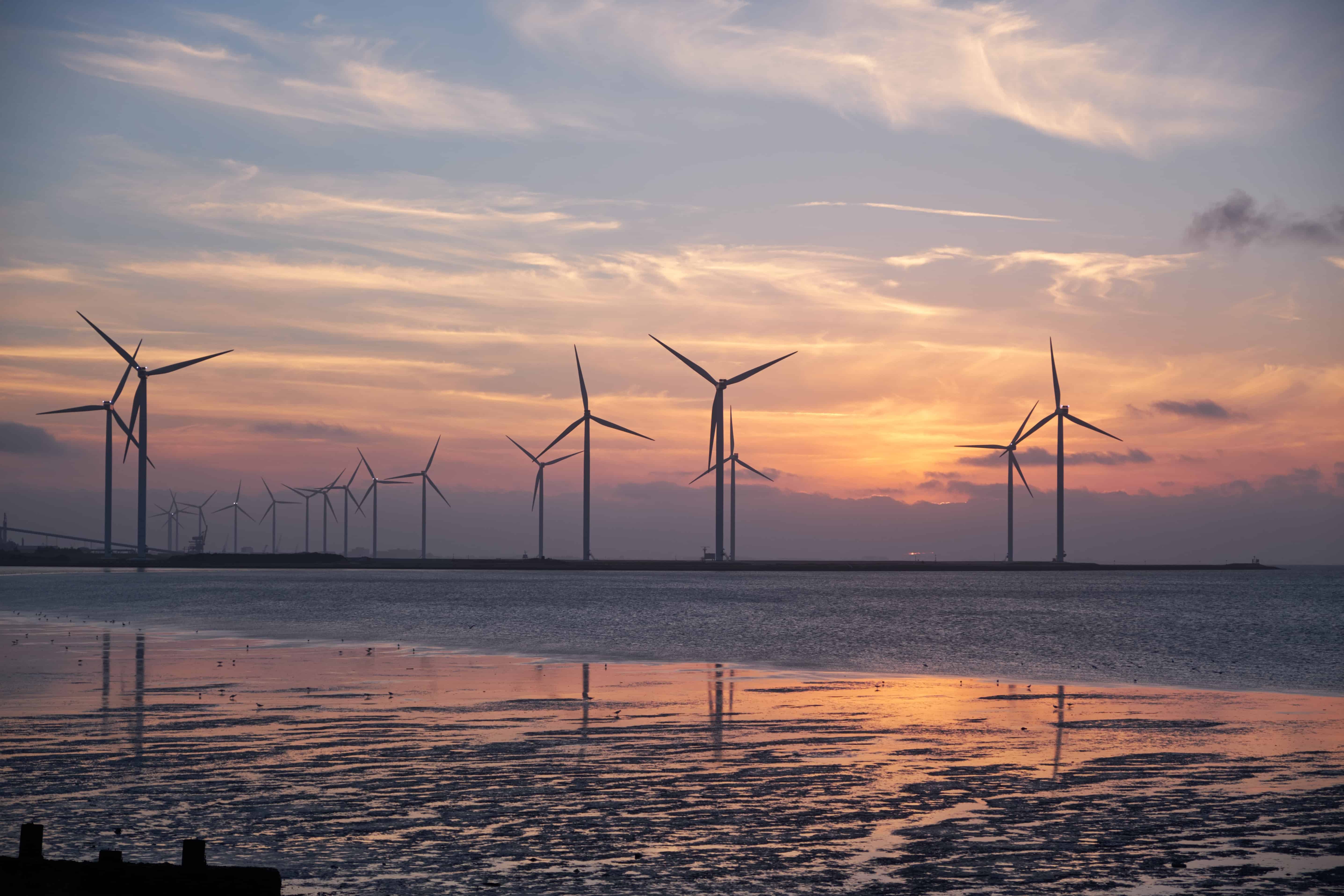
The fine vistas from the beach would have you believe otherwise, but the North Sea is actually a very busy expanse. Space is needed for shipping, fishing, military exercises, recreation and, of course, nature. What’s more, the North Sea plays a major role in the transition to a sustainable economy. It is the perfect area for generating renewable energy through offshore wind farms, floating solar parks and wave power plants. Also, in the future, we are probably going to grow seaweed and seafood on a larger scale to provide a more sustainable diet. All these applications and the companies involved are converging at sea. Good digital communication is the key to successful collaboration. Except that is not yet that easy to achieve.
In order to explore the opportunities for digital communication at sea and to test innovations, Fred Hage, together with Wiebrand Bouwkamp, set up the Connectivity Fieldlab North Sea (CFNS) at the Rijkswaterstaat (the executive agency of the Dutch Ministry of Infrastructure and Water Management). “The digitalization of society, business and government is advancing very fast, but at sea, it is lagging behind,” states Hage, who now serves as the CFNS program manager. For example, on land, telecom technology generations 4G and 5G have since become an integral part of our daily lives. However, things are more complicated at sea. After all, 5G needs a lot of masts. That is difficult to accomplish out on open waters. This calls for other kinds of solutions. For the digitalization of the North Sea, the Ministry of Infrastructure and Water Management (I&W) has submitted an application for a growth fund.
We have to use space at sea as efficiently as possible. Good communication is indispensable then.
Fred Hage
From analog to digital
At present, communication at sea is still done by means of analog technology. “To give a picture; that technology is not even enough to handle SMS,” Hage elaborates. That system is just not adequate anymore as things get busier, what with the arrival of other offshore objects such as wind turbines and crates for shellfish farming. After all, the need for connectivity and communication between these kinds of objects, for example, through sensors, is also growing accordingly. Then a smarter system is needed that enables those sensors and other devices connected to the Internet of Things to be read as well. “We have to use space at sea as efficiently as possible. Good communication is indispensable then,” he maintains.
Also, if high-performance, digital communication is possible at sea, there are plenty more uses for it. “Then you can envisage that more and different kinds of sensors will be attached to floating solar parks to also directly monitor data on, for example, water quality in real time,” he goes on to explain. That makes digital communication interesting for a wide range of companies and (government) organizations. Various possible technologies are being tested within the CFNS to see what works best at sea. Hage: “We are examining new technologies, but also existing ones as well. This is because a lot of existing technologies work well on land, but have never been tested at sea.”

Test buoy
This year, CFNS is going to test different technologies through the use of a buoy. “We are placing all kinds of sensors on that buoy to test different communication technologies in actual practice. Specifically, this involves the LTE-M and the 450 MHz frequency range,” Hage explains. This will first be placed close to the shore so that everything can be closely monitored. After that, the intention is to place the buoy dozens of kilometers offshore to see which technologies remain reliable over long distances. Hage: “A fieldlab like the one we’ve built in recent years is a wonderful opportunity for Rijkswaterstaat to develop the digital North Sea further. It is a fast and targeted way of innovating and providing validation. As a result, society and the economy can continue to digitalize and develop even further over the coming years.”
Low frequency, extended range
For example, this year the potential for communication via LEO satellites is also being explored. In addition, the Rijkswaterstaat is investigating whether it is possible to get complete coverage in the 12-mile zone (the first +/- 19 km from the coast, ed.) using the lowest frequency (700MHz) of 5G. “The business case for providers is, obviously, mainly focused on land, but we are researching whether we can extend this to the sea in some way,” Hage explains. Other types of technologies are being looked into for communications beyond the twelve mile zone.
One option is to use wireless connectivity via LTE-M that operates on a frequency of 450 MHz. “With this low frequency, the range of a signal is much greater. Consequently, you need fewer masts. Also, a lower frequency is able to pass through buildings more easily, which is relevant for land-based applications,” says Arjan Olde Damink. He is director of Utillity Connect, a subsidiary of grid operators Stedin and Alliander. The company uses the 450 MHz frequency for reading smart meters and other devices belonging to the grid operators, but is also developing all kinds of innovations on this frequency for future applications. LTE-M is the technology that has been specially developed for connections between devices used in the Internet of Things.

Thinking ahead
LTE-M over 450MHz is not in itself a completely new technology. It is already being used in America and Germany. “But using this technology at sea is new. Then you are confronted with a whole host of other challenges,” Olde Damink states. For one thing, the reflections from the water’s surface can affect propagation (the range of the signal, ed.). Besides that, the wear and tear on the materials is different due to wind and salt water. Also, the system needs to be suitable for sending and receiving data as well as voice. LTE-M has been in use for sending data for some time, but never before for voice communication. The parties involved are going to research that application in more depth now.
The further development of LTE-M over 450 MHz offers other possibilities besides marine applications. For instance, the system is very suitable for reading smart meters in homes and sensors along roads or in infrastructure networks.
“We also need these kinds of robust networks in order to keep up with digitalization in addition to assuring prerequisites, such as security,” Olde Damink contends. Grid operators have a crucial role to play in this, he adds. “Grid operators don’t have to compete with each other. That’s a fairly unique position to be in. Because of that, grid operators exchange experiences with each other on a national and international level. I firmly believe in cooperation. That still doesn’t mean that all innovations will get off the ground in the end, but carrying out research and exploration together always takes us further.”



